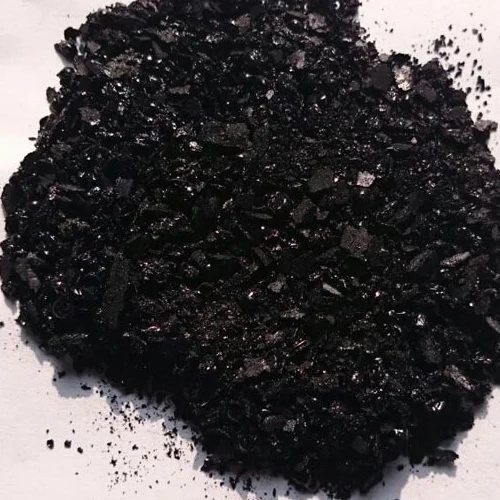Exploring the Depths of Indigo's Creative Culture and Its Impact on Modern Artistry
Exploring the Indigo of Nature and Culture
Indigo, a deep and vibrant blue hue, has captivated humanity for centuries. Its name comes from the Latin word ‘indicum’, meaning “from India,” where the dye was first extracted from the leaves of plants in the genus Indigofera. Beyond its aesthetic appeal, indigo holds a rich tapestry of cultural, historical, and ecological significance that transcends borders and time.
Exploring the Indigo of Nature and Culture
In many cultures, indigo is not merely a color but a symbol of identity and community. In Japan, the traditional dyeing technique known as “shibori” utilizes indigo to create intricate patterns on fabric. The process is as much an art form as it is a craft, often passed down through generations. Indigo-dyed textiles are celebrated for their beauty and durability, making them a staple in traditional Japanese clothing.
indigo of

Moreover, indigo's cultural resonance extends to the Americas, where it has been intertwined with the histories of Indigenous peoples. The dye has been used in Native American textiles for centuries, often featuring in ceremonial garments. In recent years, there has been a resurgence of interest in traditional dye techniques among contemporary textile artists, who reimagine indigo in modern contexts while honoring its historical significance.
From an ecological perspective, the cultivation of indigo can be both beneficial and detrimental. On one hand, indigo plants typically require fewer pesticides than other crops, making them a more sustainable choice in certain agricultural systems. However, the historical demand for indigo led to the over-exploitation of certain environments, particularly in colonial contexts where plantations devastated local ecosystems. Today, there is a growing movement towards organic farming practices that aim to balance the commercial cultivation of indigo with ecological preservation.
The modern revival of interest in natural dyes has brought indigo back to the forefront of sustainable fashion. Brands and artisans alike are turning to indigo for its environmental benefits and its rich sensory experience. The re-emergence of indigo in contemporary fashion not only honors its historical context but also promotes a more sustainable approach to textile production. Consumers are increasingly drawn to the uniqueness of hand-dyed pieces, valuing the stories behind each garment rather than the mass-produced alternatives.
In conclusion, the indigo of nature and culture represents a vibrant chapter in the story of humanity. It connects us to our past, reflects our artistic expressions, and prompts us to consider our ecological footprints. As we embrace sustainable practices in fashion and textiles, we honor the traditions that have used indigo for millennia while looking towards a brighter, more sustainable future. The journey of indigo is an enduring reminder of the intricate ties between culture, nature, and the artistry of human hands.
-
The Timeless Art of Denim Indigo Dye
NewsJul.01,2025
-
The Rise of Sulfur Dyed Denim
NewsJul.01,2025
-
The Rich Revival of the Best Indigo Dye
NewsJul.01,2025
-
The Enduring Strength of Sulphur Black
NewsJul.01,2025
-
The Ancient Art of Chinese Indigo Dye
NewsJul.01,2025
-
Industry Power of Indigo
NewsJul.01,2025
-
Black Sulfur is Leading the Next Wave
NewsJul.01,2025

Sulphur Black
1.Name: sulphur black; Sulfur Black; Sulphur Black 1;
2.Structure formula:
3.Molecule formula: C6H4N2O5
4.CAS No.: 1326-82-5
5.HS code: 32041911
6.Product specification:Appearance:black phosphorus flakes; black liquid

Bromo Indigo; Vat Bromo-Indigo; C.I.Vat Blue 5
1.Name: Bromo indigo; Vat bromo-indigo; C.I.Vat blue 5;
2.Structure formula:
3.Molecule formula: C16H6Br4N2O2
4.CAS No.: 2475-31-2
5.HS code: 3204151000 6.Major usage and instruction: Be mainly used to dye cotton fabrics.

Indigo Blue Vat Blue
1.Name: indigo blue,vat blue 1,
2.Structure formula:
3.Molecule formula: C16H10N2O2
4.. CAS No.: 482-89-3
5.Molecule weight: 262.62
6.HS code: 3204151000
7.Major usage and instruction: Be mainly used to dye cotton fabrics.

